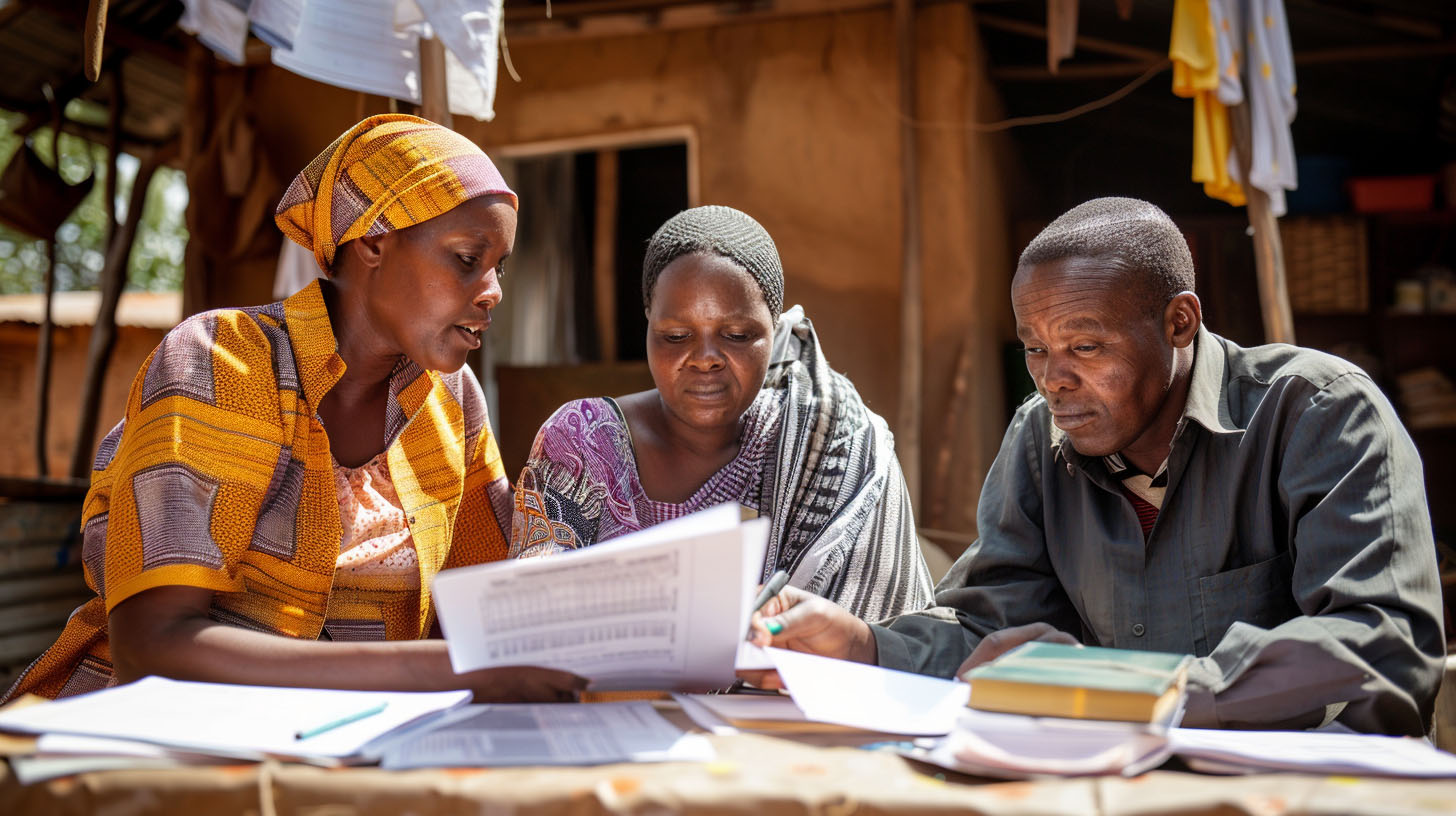Bridging the Gap: How Reliable Technology Empowers Healthcare in Remote Communities
Industry Trends • 2025-10-17

In a rural village clinic, a community health worker gathers families for a teaching session on safer injections and chronic‑care routines. Education opens minds—but outcomes depend on access, consistency, and tools that work every time. In remote and low‑resource settings, reliable delivery technology can be the difference between intention and impact.
For therapies that require precise dosing—such as insulin for diabetes or growth hormone therapy—field teams increasingly rely on precision injection pens. The reasons are practical: consistent dose control, dependable priming, and intuitive operation under real‑world constraints like heat, humidity, and limited lighting.
Turning Knowledge Into Care
- Clear, dial‑based dosing that reduces training burden for new staff.
- Durable construction validated across temperature and humidity ranges.
- Compact kits that travel well—from mobile clinics to community centers.
Reliability That Scales
When workflows are repeatable, outcomes become predictable. Teams can spend less time troubleshooting and more time with patients—coaching adherence, answering questions, and building trust.
Case Study: Mobile Diabetes Clinics
In rotating outreach programs across East Africa, mobile teams reported shorter setup times and fewer missed doses after adopting precision pens. Standardized priming and tactile dose confirmation helped new staff perform confidently, while ruggedized kits reduced maintenance interruptions.
What This Means For Remote Communities
Reliable delivery technologies bridge last‑mile gaps in remote healthcare. They amplify the work of educators and clinicians, turning health sessions into measurable improvements—one consistent, documented dose at a time. The result is safer care, stronger adherence, and greater trust in local services.
Looking to support field programs with precision delivery? Explore our device options and training resources.Visit Store